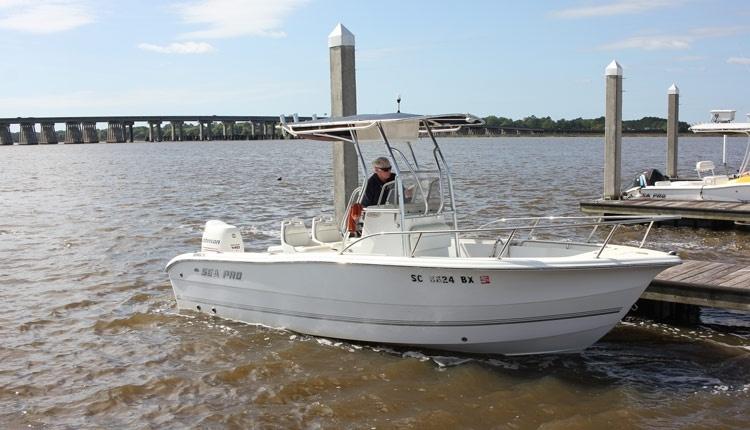The weather is getting warmer and memorial day weekend is coming up quick! If you are one of the millions of boaters around the country, that probably means you are getting ready to take your boat out of storage and prepare it for a summer cruising the open water with friends and family. This ultimate sense of freedom doesn't come without some work though. Don't worry, we're going to walk you through everything you need to get your boat ready for summer!
Before we get going, I want to send a special shoutout to my father who helped us with this post and walked us through what he does to prepare for the summer boating season with his boat. While different types of boats will have different requirements, the process he has for his center console fishing boat is going to be pretty similar to any other vessel like this with an outboard motor.
Preparing For Summer: Tips A New Boat Owner Needs To Know
Preparing your boat for the summer is a crucial task to ensure a fun, safe, and hassle-free boating season. Not only is it far easier to fix things before putting your boat in the water, but being able to walk around and do a visual inspection of the hull or remove pieces of the engine to fix are going to be way easier now, then later once she's floating in the water.
Here are five things a new boat owner might not be aware of that need to be part of your summer boat preparation:
- Engine Maintenance: The engine is the heart of the boat and requires thorough checking after winter storage. Ideally you winterized the boat before putting it away for the season so there shouldn't be fuel just sitting there the past few months. However, you should always check the fuel tank, change the oil and oil filter, inspect the fuel system for leaks or damage, change the fuel filter, inspect and clean the cooling system, and check the belts and hoses for wear. A well-maintained engine reduces the risk of breakdowns and increases fuel efficiency.
- Battery Check: Boat batteries can lose charge or suffer damage during winter storage due to cold weather or simply lack of use leading them to lose their charge. Check the battery for cracks or leaks, clean terminals, and ensure it is fully charged. Consider replacing the battery if you have any doubts since a failing battery can leave you stranded out on the water if it goes out while you are far from shore.
- Safety Gear Inspection: Inspect all safety gear, including life vests, fire extinguishers, flares, and first aid kits. Replace any damaged or expired items. Safety gear is a must-have on any boat to ensure you can respond effectively to any emergencies that arise while on the water. New boat owners sometimes think that these things are superfluous and that the Coast Guard won't catch them - but they are wrong. It's only a matter of time before you get an inspection or have an emergency.
- Check Boat Seals and Propeller: Seals can dry out and crack during storage - especially if you keep your boat outdoors during the winter and are in an area with freezing weather and snow. This can lead to leaks once the boat is back in the water. Inspect all seals and replace as necessary. Also, check the propeller for dings, pitting, cracks, and distortion. Damaged propellers can cause unwanted vibration and damage to your drive train as well as mounting brackets.
- Clean and Wax: Cleaning and waxing your boat will not only keep it looking good, but it also protects the hull. Salt water and sunlight can be harsh on your boat's finish. Even if you are on a freshwater lake or river, keeping your boat clean and waxed provides a protective layer against these elements and extends the life of your boat's hull.
A complete inspection of your boat before the summer season is critical to ensure a safe and enjoyable boating experience. Overlooking even a minor issue can lead to a significant problem while you're out on the water. For example, a minor leak can lead to your boat taking on water, causing potential damage and even risk of sinking. Engine failures due to lack of maintenance can leave you stranded far from shore.
Let's take a deeper look at some of the specific areas of boat preparation to get your vessel ready for summer boating season!
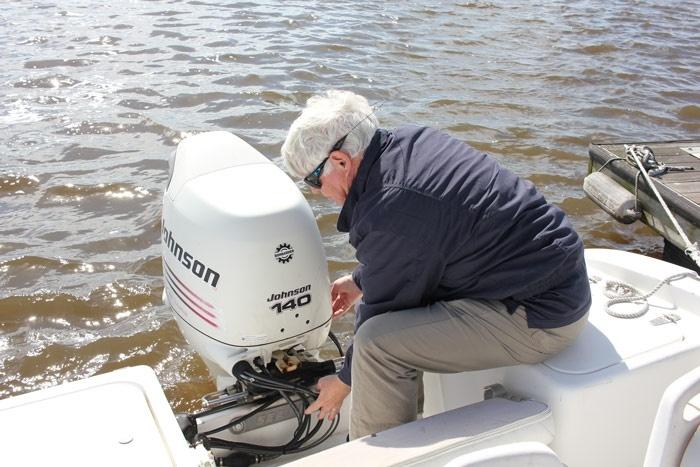
Start Of Summer Season Engine Inspection
Unfortunately your boat engine is likely to be the most frustrating part of getting your boat de-winterized, so let's start here first.
The first step is to do a complete review of the engine, cables, spark plugs, and fuel lines. You're looking for cracks, stress marks, loose connections, and generally anything that doesn't look right. Rubber can get stiff after a series of freezes and thaws, especially as it ages so make sure that everything is still soft and flexible.
Next, while you can save effort in the spring by stabilizing the engine oil and gas before putting it away for winter, chances are you didn't - so you'll want to take care of that now. Along with changing the oil and replacing the old gas with a fresh supply, you'll also want to clean out the distributor and another other basic maintenance required by your type of engine.
During this time, you'll also want to check the battery and ensure that the the battery is wet and the charge is strong. Extreme temperatures can stress the battery so you want to make sure that's 100% ready for summer too!
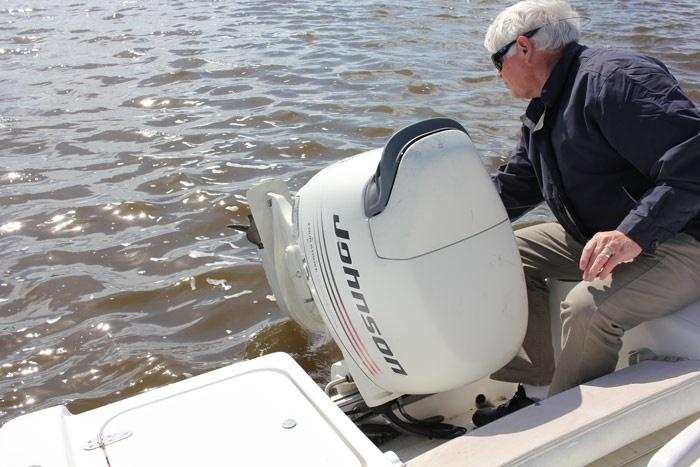
Don't Forget About Inspecting The Propellers Too
Next, you'll want to look at the propeller and make sure that there's no damage and nothing is wrapped around it. This is usually easiest done before you put the boat in the water for the first time.
Before setting out for the summer boating season, inspecting your outboard motor's propeller is crucial to ensure smooth operation and prevent potential damage. Here's what you should look for during the inspection:
- Physical Damage: Check for visible signs of dents, chips, cracks, or distortion on the propeller blades. Even minor damage can lead to a decrease in performance and fuel efficiency. More severe damage can cause vibration that could lead to wear and tear on the drive shaft and gearbox.
- Corrosion: Inspect for any signs of corrosion or electrolysis, particularly if your boat is used in saltwater. Corrosion can weaken the propeller and lead to failures.
- Propeller Shaft: Turn the propeller by hand to ensure it spins smoothly. If you feel resistance, grinding, or hear strange noises, it could be a sign that the shaft or bearings need maintenance.
- Hub: Look for any damage to the rubber hub that's inside the propeller, which absorbs shock and protects the drive system. If the hub is damaged, it can cause the propeller to spin without driving the boat forward.
- Pitch and Diameter: Ensure the propeller's pitch and diameter are appropriate for your boat's motor. Using a propeller with the wrong pitch or diameter can reduce performance and potentially damage the engine.
- Tightness of Nuts and Bolts: Ensure that the propeller nut and any bolts are tightened properly. A loose propeller can lead to serious damage.
- Fishing Line Damage: Look for fishing line that may be wrapped around the propeller shaft. It might not seem like a big deal, but over time, fishing line can damage the shaft seal, allowing water to get into your gear case and causing potentially serious damage.
If you find any signs of damage during the inspection, it is usually best to replace the propeller or have it repaired by a professional. A well-maintained propeller will ensure your boat operates at peak efficiency and can save you from costly repairs down the line.
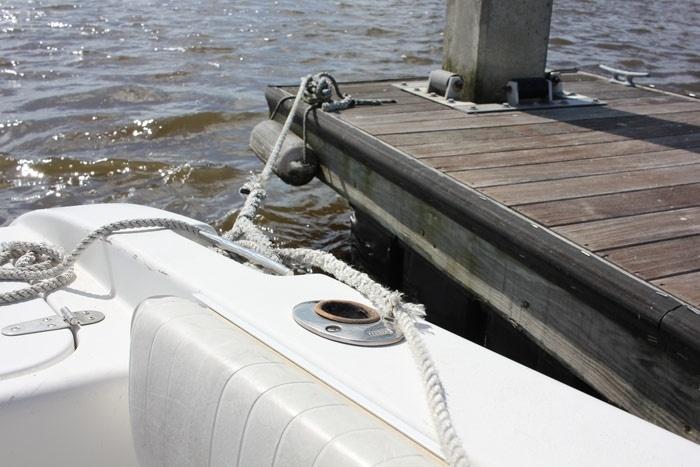
Check Ropes And Mooring Lines
This includes doing a survey of the lines and bumpers to make sure they are in good condition. If you notice any frayed ends or rotten sections then this is the right time to replace them. Depending on if your boat is in a private slip or trailered you'll also want to check your trailer or slip to make sure that cleats are in good condition and don't need to be replaced.
Life Jackets And Safety Gear
Ensuring the right safety gear is on board your center console fishing boat is of utmost importance for the safety of everyone on board. Here's a list of the safety equipment you should always have:
- Life Jackets / PFDs (Personal Flotation Devices): The U.S. Coast Guard requires a U.S. Coast Guard-approved life jacket for each person aboard. Ensure they're the right size for each passenger and easily accessible.
- Throwable Floatation Device: In addition to life jackets, a throwable flotation device, like a life ring or a floatable seat cushion, is required on boats 16 feet and longer.
- Visual Distress Signals: These are important in case of an emergency. They can include items like flares, emergency strobe lights, and signal mirrors.
- Sound-Producing Devices: Devices such as an air horn, whistle, or bell are necessary to signal your presence in poor visibility or in case of distress.
- Fire Extinguisher: Ensure you have a Coast Guard-approved fire extinguisher, properly charged and accessible.
- First Aid Kit: Include bandages, antiseptic wipes, tweezers, medical tape, motion sickness pills, and any necessary personal medication.
- Navigation Lights: Required for boating between sunset and sunrise or in conditions of reduced visibility.
- Throwable Rope or Life Sling: Useful for rescuing someone who has fallen overboard.
- Tool Kit and Spare Parts: Include basic tools, fuses, light bulbs, and spare parts for minor repairs.
This list of safety items is not exhaustive, and the equipment you need can vary depending on where you're boating and the local regulations. Always check the requirements in your area and boat owners manual before heading out.
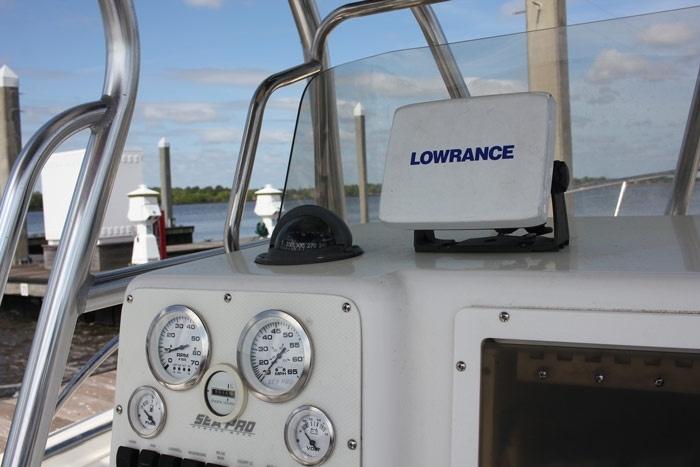
Make Sure The Lights And Electrical Systems Are Operating Correctly
Next, continue the check of your boat's electrical system and ensure that all gauges, and technology such as depth finder and radar are in good working condition.
On some boats, this is just a matter of turning the navigation lights on and off and replacing bulbs but as boats get bigger and more complex, you'll start needing to check electrical connections, switches, outlets, even pumps that may be connected to your bait well. Of course, there are items like making sure the motors that drive the hydraulics connected to your engine trim settings and bilge pump are working properly too!
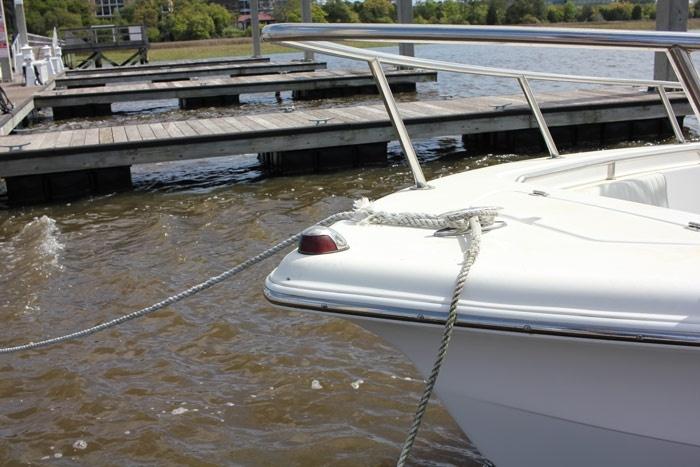
Finally, make sure to take a look at the fuse box as well to see if there's any signs of corrosion or water intrusion. While your electrical system may appear to be working properly right now while the boat is dry, there could be issues waiting for you once you get your boat back on the water.
Inspect The Hull For Damage and Corrosion
This process is going to vary somewhat depending on what kind of boat you have - for instance an aluminum john boat vs a fiberglass fishing boat vs a wooden hulled cruiser. Chances are that you know about that big rock you ran over last fall and that time you came into the dock too hot without your bumpers out. However, you should always review the hull for signs of damages including cracks, dents, chips as indicators that there might be a larger problem that is undiscovered.
If you have any questions about something that you see - make sure to contact a professional marine repair person or if you are a new boater, simply ask a more experienced one.
Boats experience a lot of wear and tear, not everything is going to require an immediate fix but if there is a stress crack then you'll want to keep an eye on it so you know if it gets bigger or starts to leak.
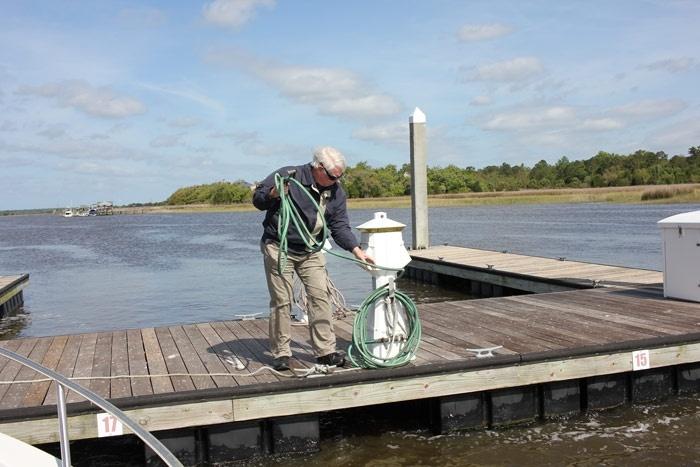
Give Your Boat A Thorough Cleaning Inside and Out
As a finishing step you'll want to give the boat a full cleaning and get rid of any dirt and grime that accumulated while stored for the winter. While you are doing that, make sure to keep an eye out for any cracks or holes that you might have missed during the visual inspection we just mentioned above. As unlikely as it is that you'll find any, this is a great opportunity to discover a potentially problem.
This is also a particularly good time to inspect upholstery, seating, carpets, benches etc. that might not be "mission critical" but are certainly going to be an important part of your summer boating experience.
Now that your boat is all checked out and ready to for summer
